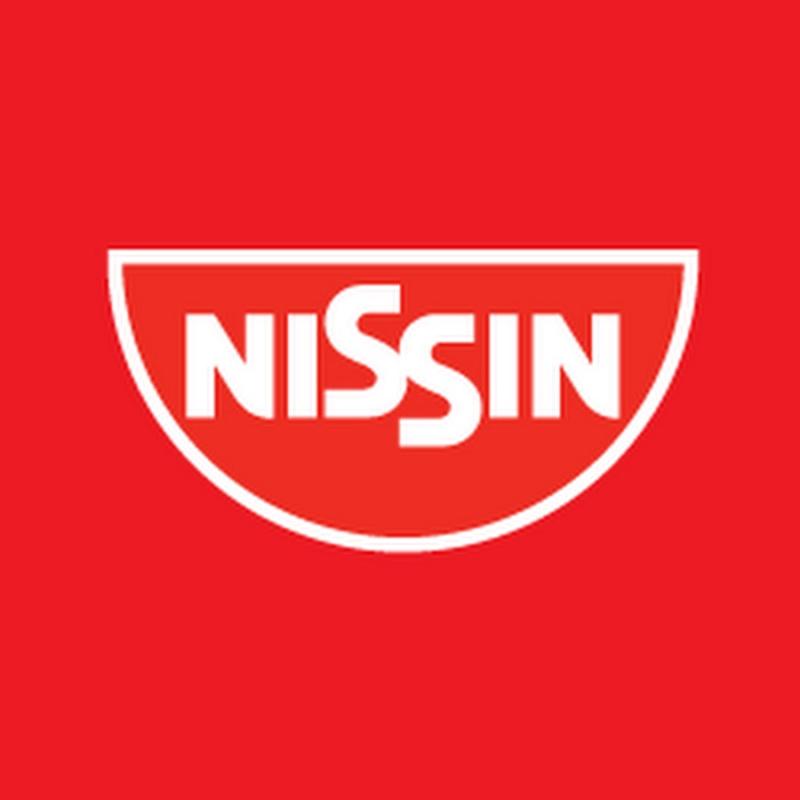Nisin is a polycyclic antibacterial peptide produced by some strains of Lactococcus lactis. It has been used as a food preservative for over 50 years, approved and labeled as E234. Nisin has been proven safe for human consumption and effective against many gram-positive bacteria including Listeria monocytogenes and Staphylococcus aureus that cause potentially fatal illness.
Chemical structure and nature of nisin
Nisin is a heat-stable, hydrophobic peptide made up of 34 amino acids including the uncommon amino acids such as lanthionine, methyllanthionine, didehydroalanine and didehydrobutyrine. It belongs to group of polypeptide bacteriocins known as lantibiotics that contain post-translationally modified amino acids. Nisin has a flexible, multi-ringed structure which enables it to penetrate and disrupt the lipid membrane and peptidoglycan cell wall of sensitive bacteria. These unique chemical properties allow nisin to effectively pass through the thick peptidoglycan layer of gram-positive bacteria and insert into their cytoplasmic membrane.
Mechanism of action
Nisin kills sensitive bacterial cells through multiple mechanisms of action. Once attached to the bacterial membrane, it creates pores through which small molecules such as ATP and ions leak out causing dissipation of proton motive force and collapse of membrane potential. This releases intracellular contents and destroys the proton motive force required for important processes like ATP synthesis, active transport and DNA replication. Nisin also inhibits peptidoglycan synthesis by blocking cell wall precursor lipid II, an essential step in cell wall biogenesis. By preventing cell wall growth, nisin promotes what appears to be self-destruction of the bacterial cell from within without directly damaging host cells.
Applications in food preservation
Due to its potent and rapid bactericidal activity, combined with low toxicity, nisin has been widely used as a food preservative since 1953. It is currently approved as a food additive in over 50 countries for use in canned or processed foods like milk, cheeses, meats and others to prevent the outgrowth of pathogenic and spoilage bacteria. Nisin eliminates dangerous bacteria like Listeria monocytogenes and Staphylococcus aureus that cause diseases like meningitis, pneumonia, septicaemia and botulism. Its application has increased the shelf life and safety of dairy products, cured meats and minimally processed foods. Nisin enhances the inhibitory activity of other antimicrobial compounds and is compatible with many food constituents, pH and processing conditions.
Use in non-food applications
Apart from food preservation, nisin also finds applications in medical, agricultural and other industries due to its broad spectrum antimicrobial properties. It is used as a biopreservative to prevent mastitis infections in cows and for treating sub-clinical mastitis. Nisin based formulations have been developed for preservation of cosmetics, pharmaceutical and industrial products. Researchers are exploring its potential for treating bacterial infections, bio-films and spore-formers resistant to conventional antibiotics. Nisin coated medical devices and implants help prevent device associated infections without toxic or allergic effects. It can control fire blight disease in apples and pears when combined with plant essential oils.
Production and commercialization
Nisin is produced commercially through fermentation of specific strains of Lactococcus lactis subsp. lactis grown on nutrient-rich growth media. Factors like pH, temperature, metal ions, cell density and nutrients regulate the production levels. After fermentation process, the cell-free supernatant containing nisin is purified through various techniques followed by spray drying to produce a heat stable powdered product which retains its antibacterial activity. Major nisin producers are in Europe, America and China. Global market for food-grade nisin is steadily increasing with demand expected to rise further driven by stricter food safety regulations worldwide. Most nisin preparations are standardized for a minimum activity level of 2500-5000 IU/mg to ensure consistent microbiological effects.
Safety of nisin as a food biopreservative
Nisin is generally recognized as safe by international food safety regulatory bodies based on its long history of use and extensive toxicity studies. It is rapidly degraded in the human gastrointestinal tract by digestive enzymes and is poorly absorbed across intact gut. Nisin shows no toxic, mutagenic or carcinogenic effects even at very high doses in animals. No adverse reactions have been seen in humans even for people sensitive to other antibiotics. Nisin poses very low risk of developing bacterial resistance as its multiple mechanism of action reduces the possibility of resistance developing. It is considered vegan, Halal and Kosher. With continued widespread usage and approvals for new applications, nisin remains one of the safest and most useful bio-preservatives available for the food and other industries.
Nisin is an effective and naturally derived food preservative produced through fermentation. Its unique chemical properties and diverse modes of inhibiting food-borne pathogens has led to over 50 years of proven safe use in extending the shelf-life of various foods. Apart from food applications, nisin also finds expanding roles as an antimicrobial agent in agriculture, human and animal healthcare. With regulations favoring nature-identical food ingredients, the commercial market for nisin and related bacteriocins is likely to further strengthen in coming years. Overall, nisin stands out as one of the most important and versatile antimicrobial peptides available till date for food as well as non-food applications.
For more insights, Read- https://www.rapidwebwire.com/nisin-growth-market-size-share-analysis/
